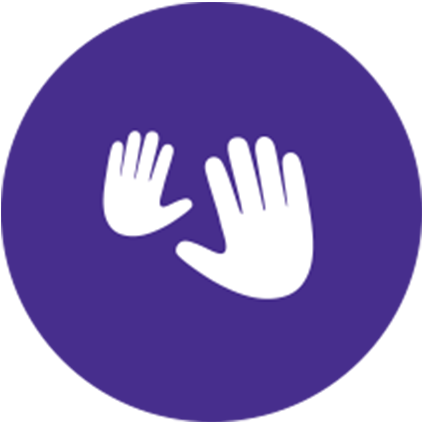How To Put Baby to Sleep
Your baby’s sleeping habits will change as he grows. Sometimes he’ll sleep a lot, sometimes, not so much. You can help your baby get the sleep he/she needs, and get more sleep yourself, by learning how to establish a good nighttime routine early on. Start a baby bedtime ritual with 3 easy steps!
Johnson’s® 3-Step Bedtime® Routine

Step 1:Warm
Bath
Step 2:Gentle
Massage
Step 3:Quiet
Time
There’s Science Behind Johnson’s® 3-Step Bedtime® Routine
With over a decade of scientific partnerships with behavior and sleep experts, we know just how important a good night’s sleep is to the overall health, cognitive ability and the mood of your little one—as well as the happiness of the whole family. We evaluated over 300,000 baby sleep profiles, and identified the importance of multisensory bedtime rituals, leading to the development of our clinically proven 3-step Bedtime® Routine.

Did you know?
Research has shown that routine touch and massage improves sleep quality and quantity when part of a bedtime routine.
The Science of Lullabies
Song plays an essential part in helping your baby drift to sleep.
Sleep Guides
Around the 3-month mark, your baby will start to sleep for longer stretches at night – which means you’ll also get a little more sleep than before. Baby sleep rhythms begin to develop at around 6 weeks, and most babies are developmentally capable of regular sleep-wake cycles by 3 to 6 months. As your baby begins to understand the difference between night and day, it’s the perfect time to help improve his/her sleep-time routine
Teach Your Baby to Soothe Himself
Put your baby down to sleep when he/she is drowsy but awake. Babies need to be able to fall asleep independently, so that they can self soothe when they wake in the middle of the night.
How much should babies sleep?
After 3 months, babies will sleep 13 to 15 hours a day. It’s important to realize though, that every baby is different and some will need more sleep, while others need less.
How long should my baby nap?
Your baby will also need to nap from 2 to 4 times a day. Cutting back on naps won’t help at night — it can be a recipe for overtiredness and a worse night’s sleep — but avoid naps too close to bed.
What to Avoid
Make sure your baby’s bedtime routine is not too long or too impractical to stick to. Avoid rocking or feeding your baby to sleep, because you may end up doing the same when your baby naturally wakes up during the night! Put your baby to bed when he/she is drowsy but still awake, and take turns with your partner in putting your baby to bed.
Changes in Baby Sleep Patterns
Interestingly, your baby’s physical advances can alter sleep patterns. Many developmental milestones, such as rolling over and pulling up to stand, can temporarily upset your baby’s sleep. Stick to your routine to help your baby get back to a regular sleep pattern.
Keep the Bedtime Routine Going!
Continuing a bedtime routine will keep your baby on a schedule.





